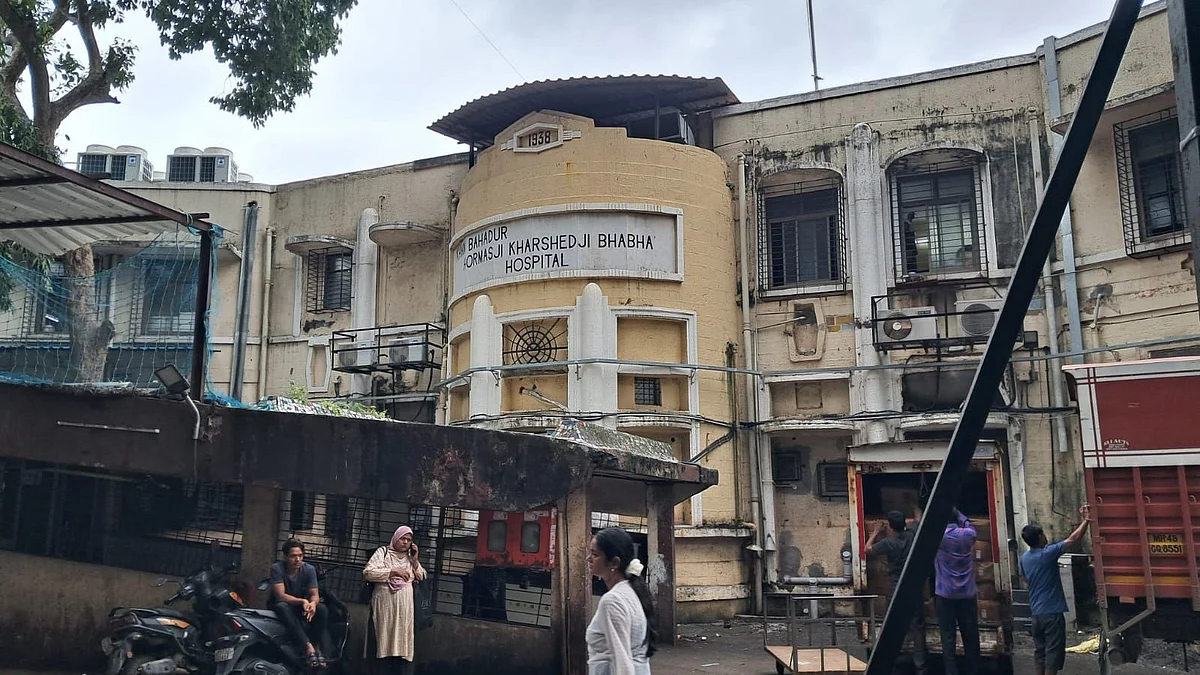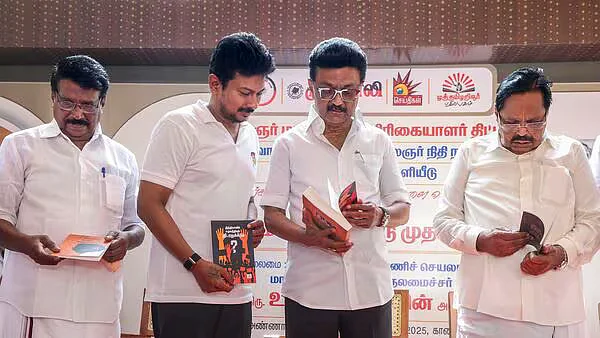If India is the poster child of climate change in South Asia, as is frequently referred to in international circuits, then Mumbai and New Delhi would qualify as the poster children of how climate change-induced extreme weather events unfold within the country. The urgency of addressing climate change issues in Mumbai is too well known, especially for readers of this column, but it bears repetition. Given its location on the western coast, super-high population and building densities, and strategic economic significance combined with recently-recorded changes in extreme heat and floods, Mumbai demands urgent attention on the climate front. Its population is expected to increase by 2050, so also the impacts of climate change and extreme events.
New Delhi too, a large urban agglomeration with more than 20 million as in Mumbai, has been witnessing its share of climate events. This year’s heat levels in the city broke a few records in the summer with certain areas registering 45°C; the Heat Index or feels-like temperature would have been 4-5 degrees higher, making it hazardous for the vast number of outdoor workers and people without shelter. The high heat days were followed by intense floods in July the likes of which have not been recorded in decades; the Yamuna river breached its danger mark to set a new danger level.
These are not the only cities or areas facing climate challenges; every city and town in India, every village and district, has had its share of climate events impacting people’s lives, especially of the most vulnerable. Yet, at the recently-concluded G20 Summit, which by most accounts was largely a success in that it managed to articulate the concerns of the Global South, a decisive climate agreement affecting these countries was the missed bus.
The issue did get space in the Delhi Declaration, concern was expressed by host Prime Minister Narendra Modi in his pre-Summit writing, and participating countries voiced their worry, going by the accounts available so far. After all, South Asian countries Pakistan, Bangladesh, Nepal and Sri Lanka, besides India, have struggled through massive floods and landslides and/or heat waves in the past few years.
The G20 Summit would have been the best platform for the Global South to articulate — and reiterate — specific concerns that countries here face on climate issues. This could have included the vexed subject of climate finance from the developed nations to the developing world, to deepen the dialogue on the Loss and Damages Fund set up at the Conference of Parties (COP27) of the United Nations last December. With the COP28 scheduled to take place in Dubai this November-December, India’s Presidency of the G20Summit could have been an ideal platform — especially given the presence of developing nations in the group — to put at least two climate issues on the table.
One, specific targets and action pathways for reduction of emissions among the developing world focusing on key areas such as urbanisation, agriculture, energy transition and so on which affects millions of people every year. Two, a framework for climate financing which could become the backbone of negotiations in the future, including at the COPs, which puts the interests and demands of the developing countries at the forefront. Approximately USD5 trillion of climate finance per year by 2030 would be needed to prevent the worst impacts of climate change, according to available research.
The clear deliverable in the Delhi Declaration was the commitment of the participating nations to work towards increasing global renewable energy three times by 2030. Kudos, but the actions and pathways to that are shrouded in the usual generic language. How would India achieve this goal when nearly three-fourths of its energy comes from coal and has shown a consistent increase in the past decade? How would increasing energy demands from expanding cities and urban infrastructure be met? These and related questions hang heavy despite the Declaration.
It is true that the G20 Summit is not the only forum to put down commitments, but the group comprises countries which saw major rises in per capita emissions over the past seven years, according to energy think tank Ember. Besides others, Indonesia saw the highest with 56% rise, China 30%, and India 29%. Had climate action received due importance in the G20 negotiations, especially of the issues that mean disruptions to people, property and commerce in the developing nations, the Delhi Declaration might not have been an opportunity missed to present a collective South Asian or developing world’s voice.
Instead, the Declaration has more of the same-sounding vague pledges that you could hardly argue with. As Omair Ahmad, managing editor for South Asia of The Third Pole, wrote: “India has made no effort to portray this year’s climate disasters as an interlinked South Asian tragedy. Neither have Pakistan or Bangladesh. This signals to the rest of the world that the region is simply not interested in making cooperative climate action a priority. If that is the case, the rest of the world will continue to ignore the disasters.”
For perspective, nearly 55 cities and towns with more than a million people in each of them comprising a tad below half of the country’s population – a massive 600 million approximately – are at risk from climate events, as weather events this year alone have shown. Urban climate issues and climate finance have hardly received the recognition they deserve so far at global meets (except at the COP which is focused on them), urban local bodies are hardly well-placed — technologically, financially, logistically — to tackle the issue, urban planning and policies are only now gearing up to incorporating climate change scenarios.
Mumbai, for instance, has a climate action plan, ironically spearheaded by the set of politicians who also pushed the coastal road which, in most projections, is a climate disaster. But there are no assurances that the development — or redevelopment — underway across the city conforms to the climate scenarios, almost all of which project a sea-level rise and likely submergence of parts of the city by 2050. Similarly, the current Coastal Zone Management Plan, which was greenlighted in 2021, relaxed the previous Coastal Regulatory Zone restrictions for construction along the coastline or seafront, making it possible for developers to secure a higher Floor Space Index (FSI) or buildable area on a plot than earlier.
Closer attention to climate change issues at the G20 Summit would have renewed focus on these at city level too and increased the pressure on urban local bodies to seriously factor in climate change. That opportunity was lost.
Smruti Koppikar, journalist and urban chronicler, writes extensively on cities, development, gender, and the media. She is the Founder Editor of ‘Question of Cities’












